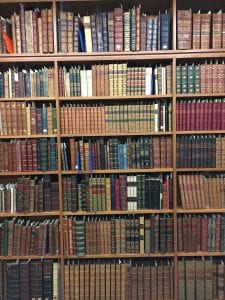The beginnings of a brilliant career
Catherine Nunn
Daub is a student art magazine which records the first steps in the artistic careers of some of Australia’s most important artists. Several articles reflect the challenges of life at the School and the torment of the creative process, but they also record the self-awareness of these young artists about their place in the Western art lineage and their commitment to progressing contemporary art[1].





